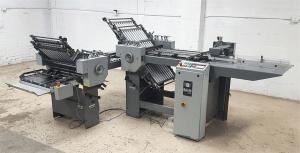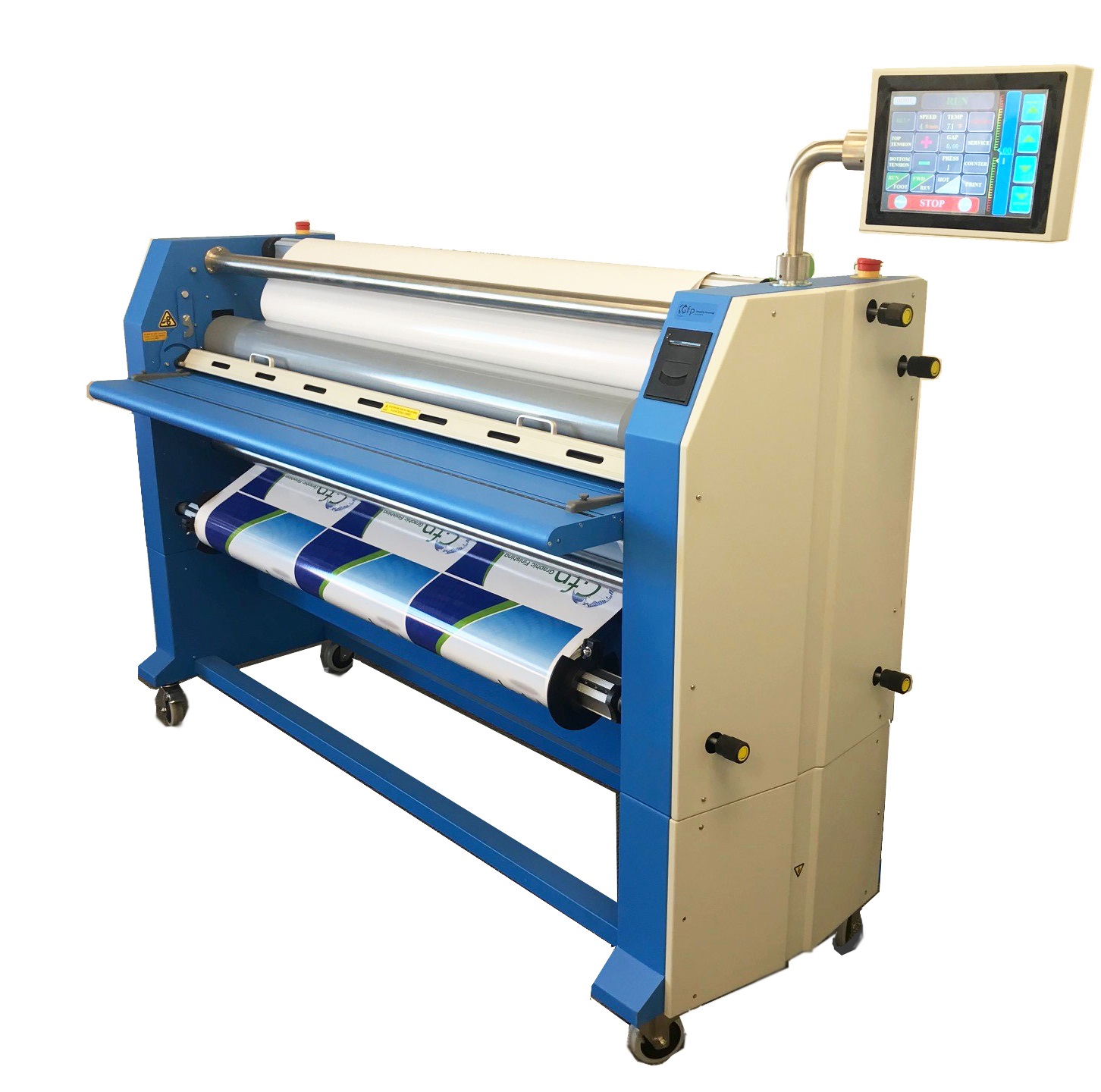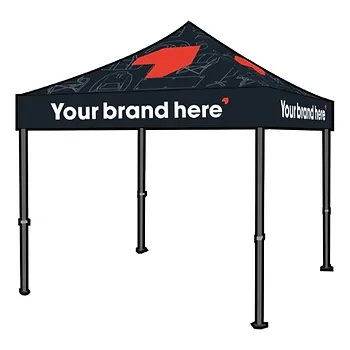Wide-format Printing: How the sign industry was revolutionized
A new era for billboards
In addition to its automated sign lettering system, GSP developed the world’s first computerized billboard painter under contract to Metromedia Technologies, which had entered the outdoor advertising industry in the 1960s.
Most colourful billboards in the early 1980s were hand-painted, either by factory teams in huge indoor spaces or the aforementioned walldogs outdoors. Each billboard took days to paint and, over time, the wood chipped and the colours faded.
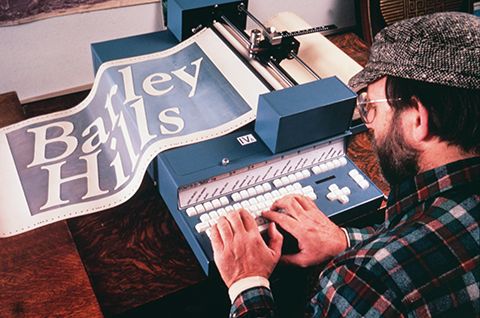
Also, billboard advertisers were mostly local. Metromedia’s CEO, John W. Kluge, sought to attract firms interested in national campaigns. They required colour fidelity, image quality, product consistency and low cost, which hand painting could not provide.
Completed in 1986, GSP’s machine propelled droplets of liquid paint onto a substrate of durable vinyl, which could be rolled and shipped to the billboard site.
“The product is of such quality of colour and fidelity to underlying artwork,” Kluge would later say, “that a universal demand for advertising displays was created, throughout the world.”
An edge in the market
In 1990, at the peak profitability of GSP’s sign products, Logan retired as president. He would continue to consult with the company on a part-time basis on product development matters until 2003, 50 years after Gerber had hired him.
The sign business was left to Ron Webster. For years, he and his cohorts had discussed
a ‘hamburger machine’ that would allow a signmaker to create the iconic image of a tan bun, brown patty, green lettuce and red ketchup. Creating such a colourful image was possible with a vinyl cutting plotter, but tedious. To form the graphic for each layer of colour, the operator had to lift and weed each scrap of unused vinyl from the carrier sheet by hand, employing tweezers or a knife tip, and then transfer the vinyl image, colour after colour, registering each layer of cut vinyl as precisely as possible on the sign surface. This task was arduous even for single-colour signs with large shapes; it was virtually impossible for small text or detailed graphics. Photographic images consisted of many coloured dots that were too small to be cut, weeded and transferred.
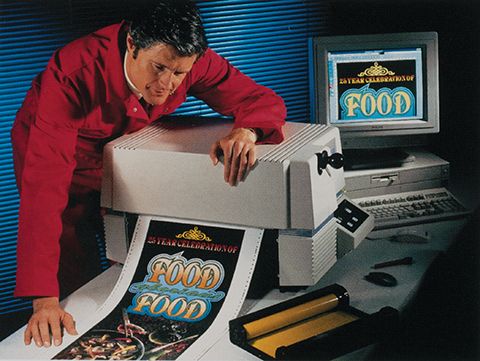
One day, research engineer Jay Niland was investigating a method to make the screenprinting stencils (masks) that cover portions of the mesh screens through which rollers or squeegees press ink. GSP sought to create the masks directly from digital data, to avoid the traditional, cumbersome, film-based photographic process. Niland used a soldering iron to transfer a pigmented film—known as ‘hot stamping foil,’ commonly used to decorate small folding cartons—to a plastic-lined screen. Afterwards, a swath of colourful foil adhered to the screen’s surface.
“You mean you can directly image onto plastics?” asked Logan, attending a review a few days later in his consulting role.
Niland explained the thermal transfer process “worked great.” Logan then asked if he could transfer the foil onto sign vinyl and, if so, whether the transfer would be scratch-resistant. Niland returned to the lab and indelibly transferred the pigment from another piece of hot stamping foil onto a sheet of standard white sign vinyl, demonstrating the viability of printing durable images for outdoor applications.
Niland’s original discovery had been accidental, but when he mentioned it to the others, they immediately recognized it as the missing piece to complete their hamburger machine. Among the engineers at Niland’s presentation was Chuck Hevenor, vice-president (VP) of software. Within a few weeks, he drafted a specification that detailed precisely how to construct the machine using the thermal head of an ordinary fax machine. The product became the Edge, the first mass-produced printer for the sign industry.
David J. Gerber has been a fellow at the Yale University School of Management and has handled legal, technical and business responsibilities at GSP as an officer and director. His book, The Inventor’s Dilemma: The Remarkable Life of H. Joseph Gerber, was published in October by Yale University Press. For more information, visit yalepress.yale.edu.

